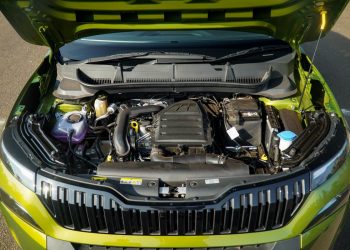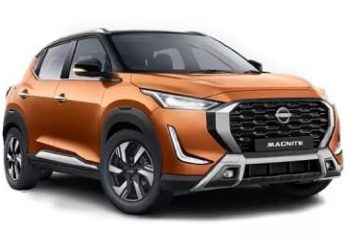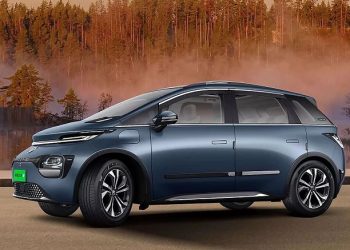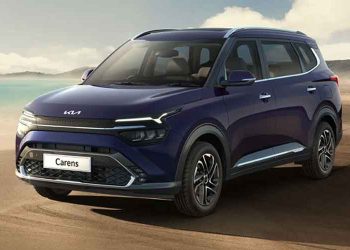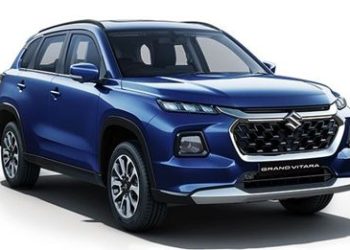Mazda will bring rotary engines back to market as hybrids in 2022
The principle of the device of a rotary internal combustion engine is known to many from the school course of physics, but in practice only a few encounter it. The Japanese company Mazda produced production vehicles with rotary internal combustion engines from 1967 to 2012 but is going to return them to the market in 2022 as part of hybrid vehicles.


